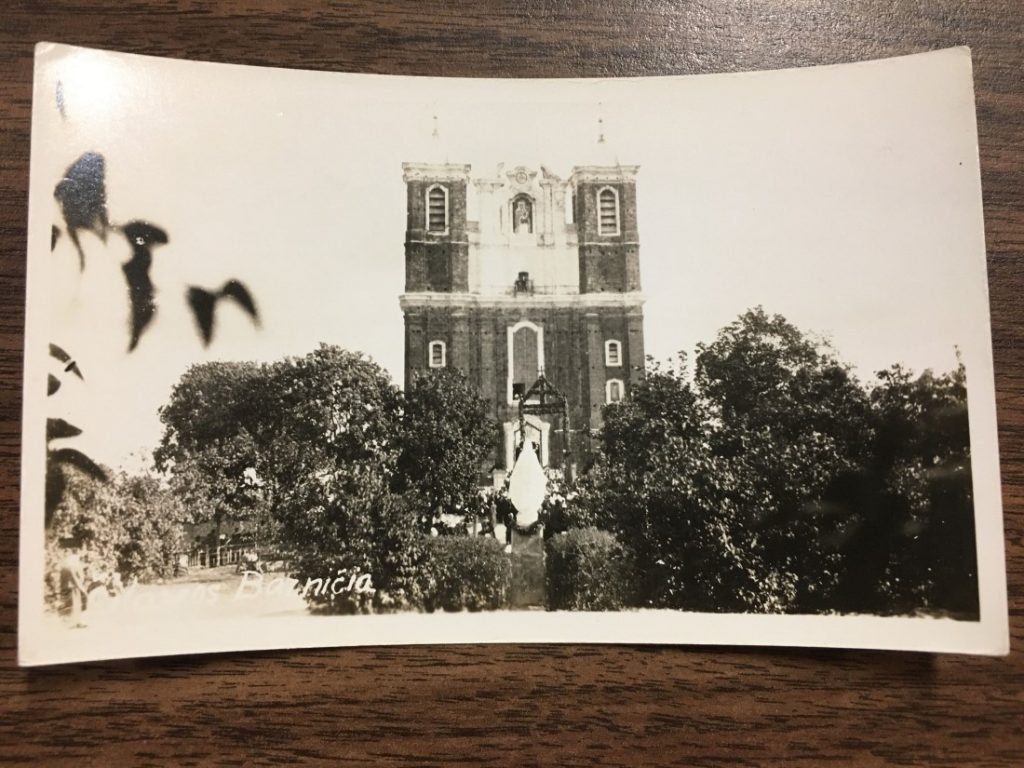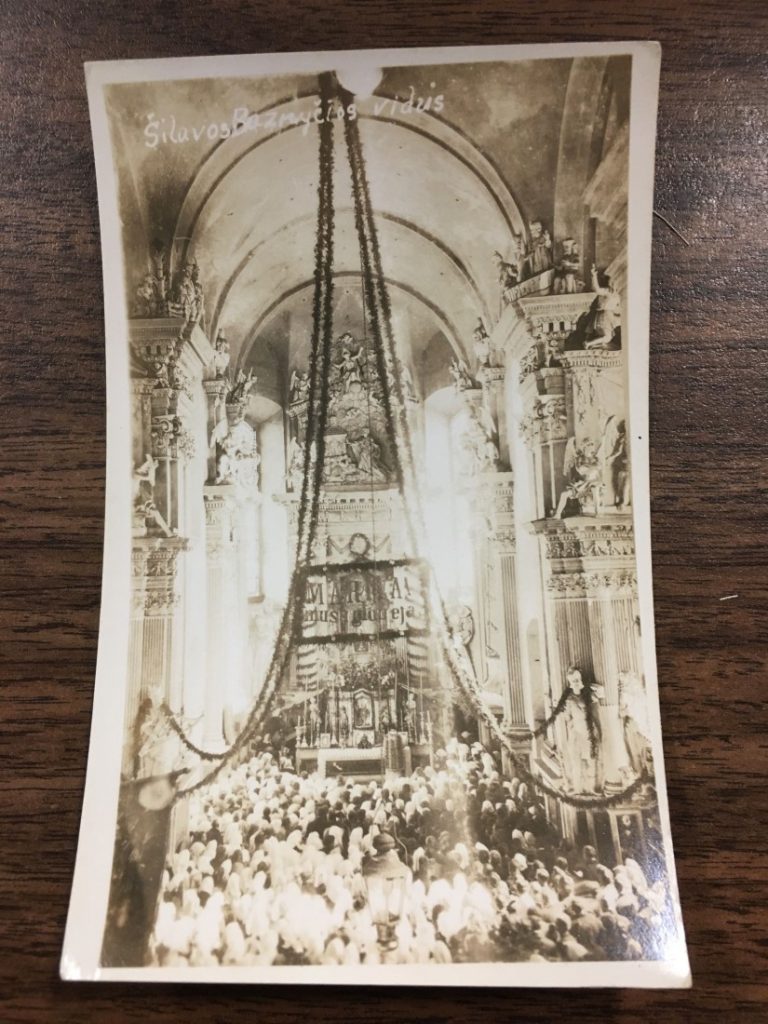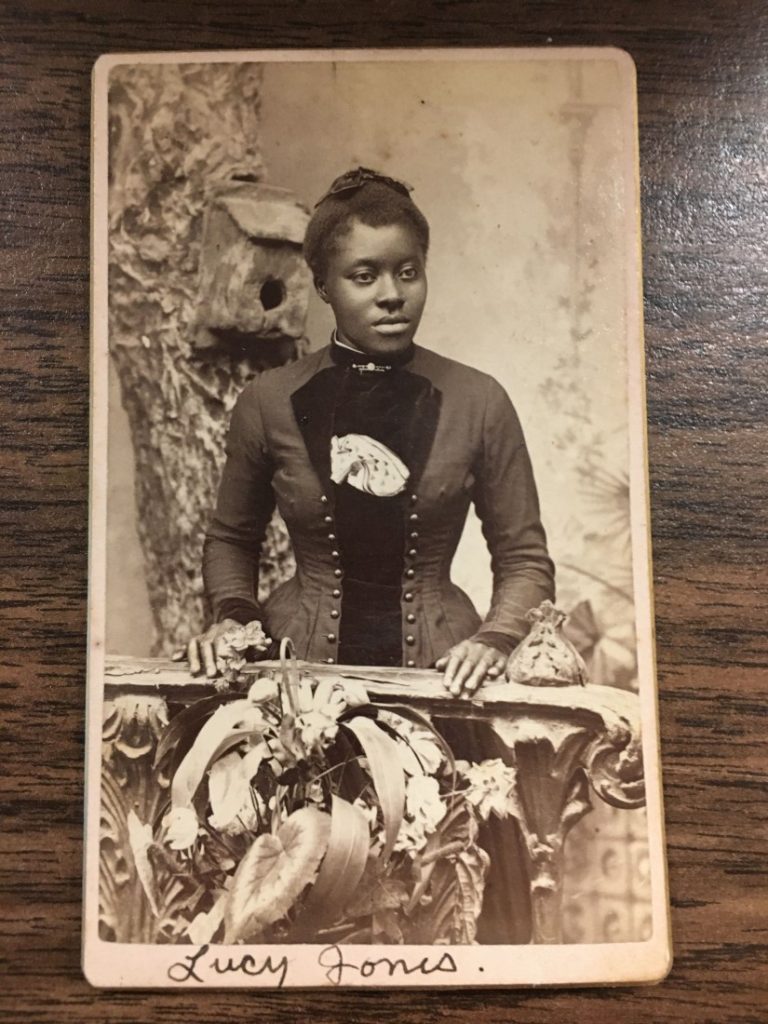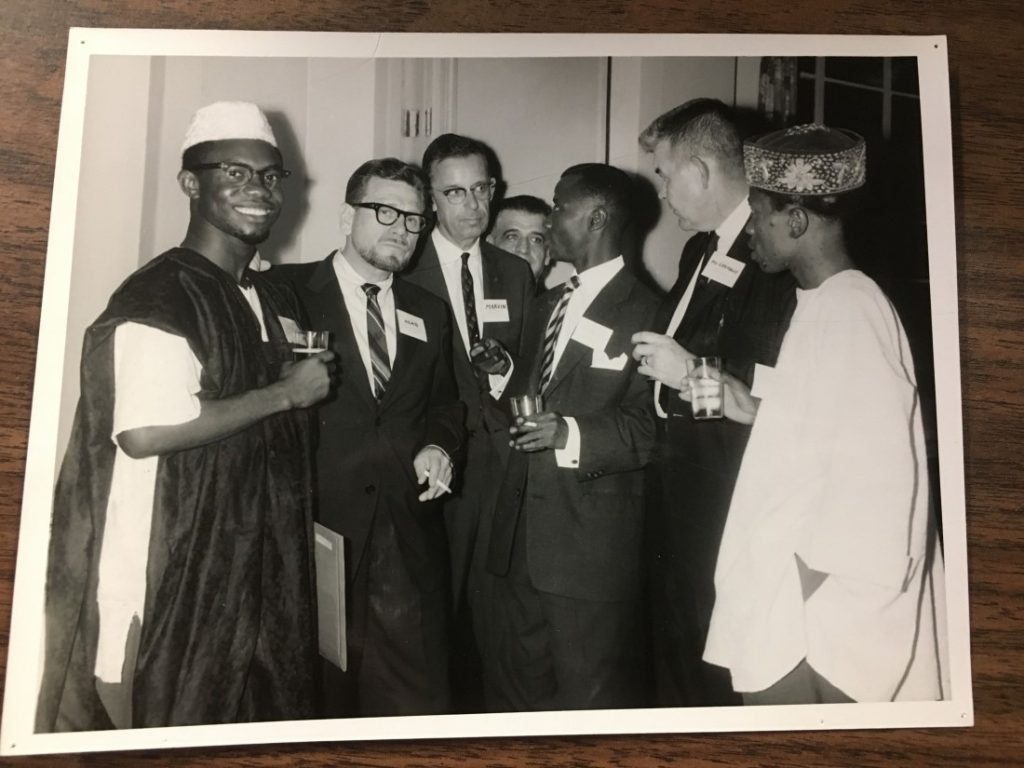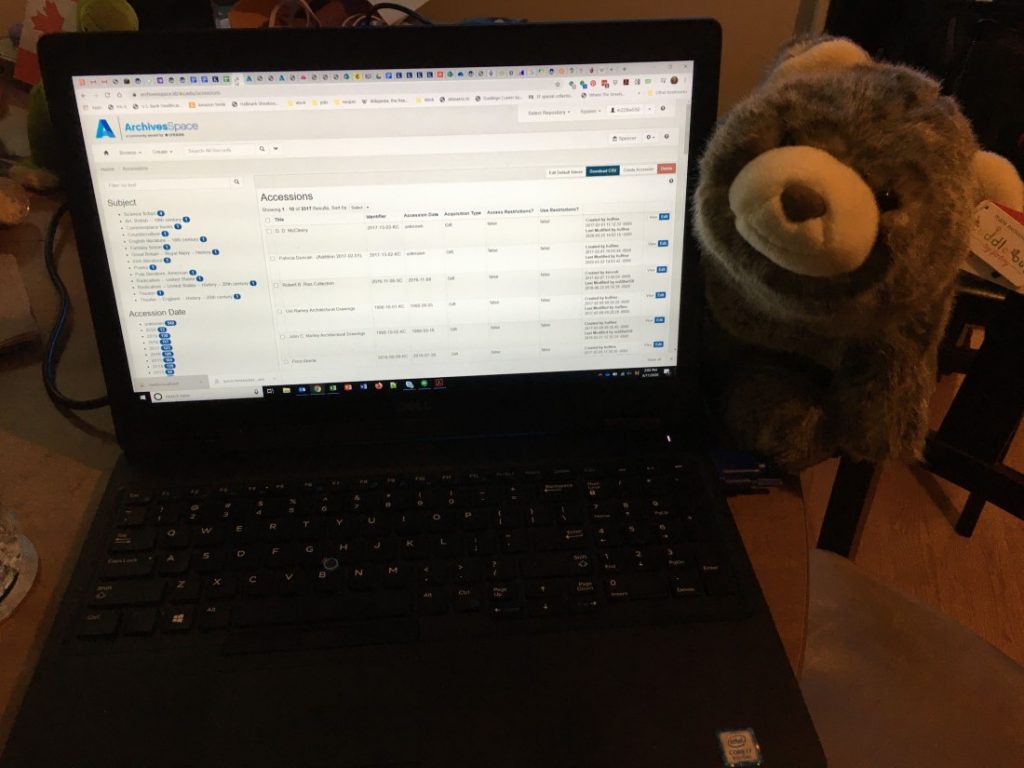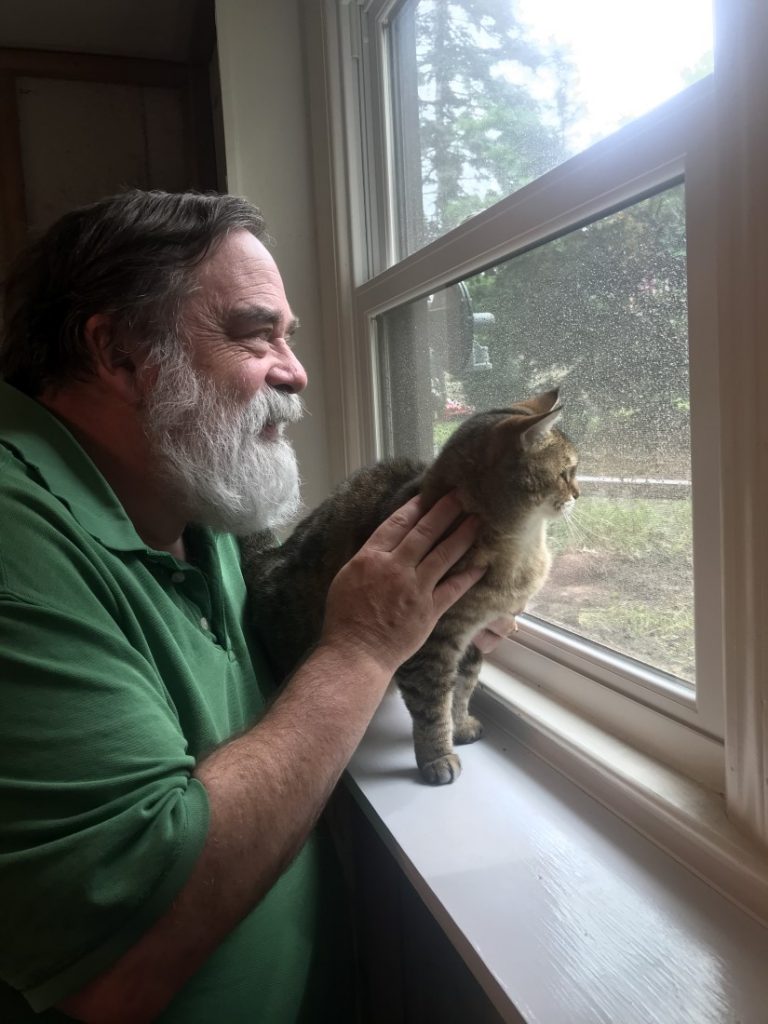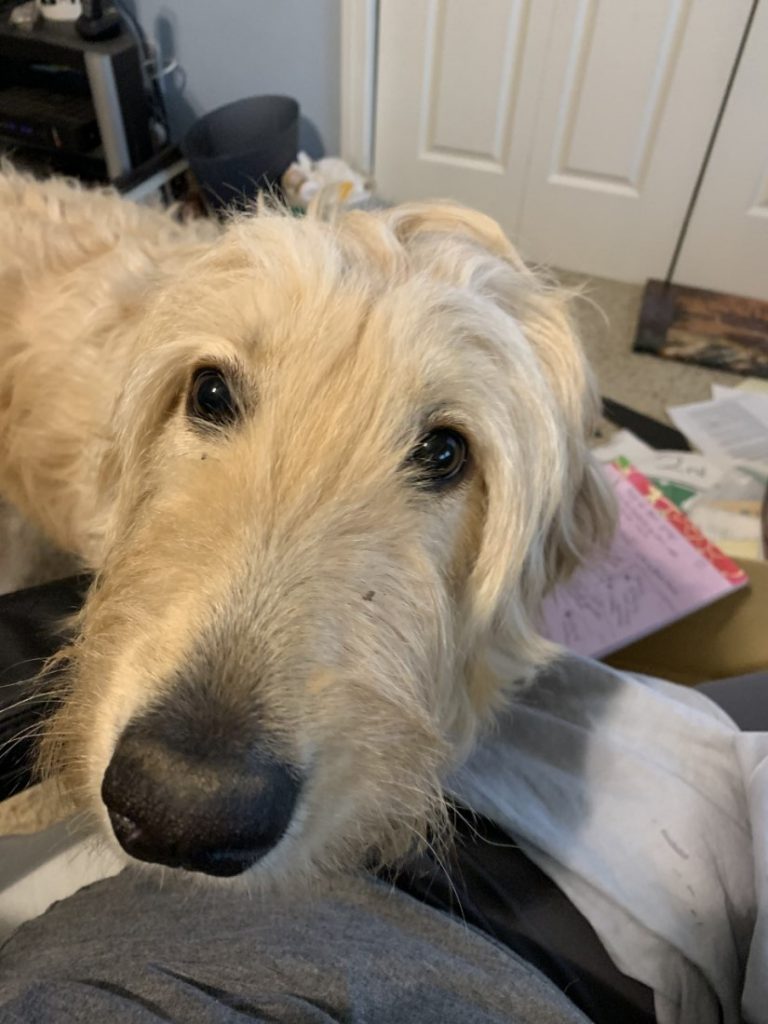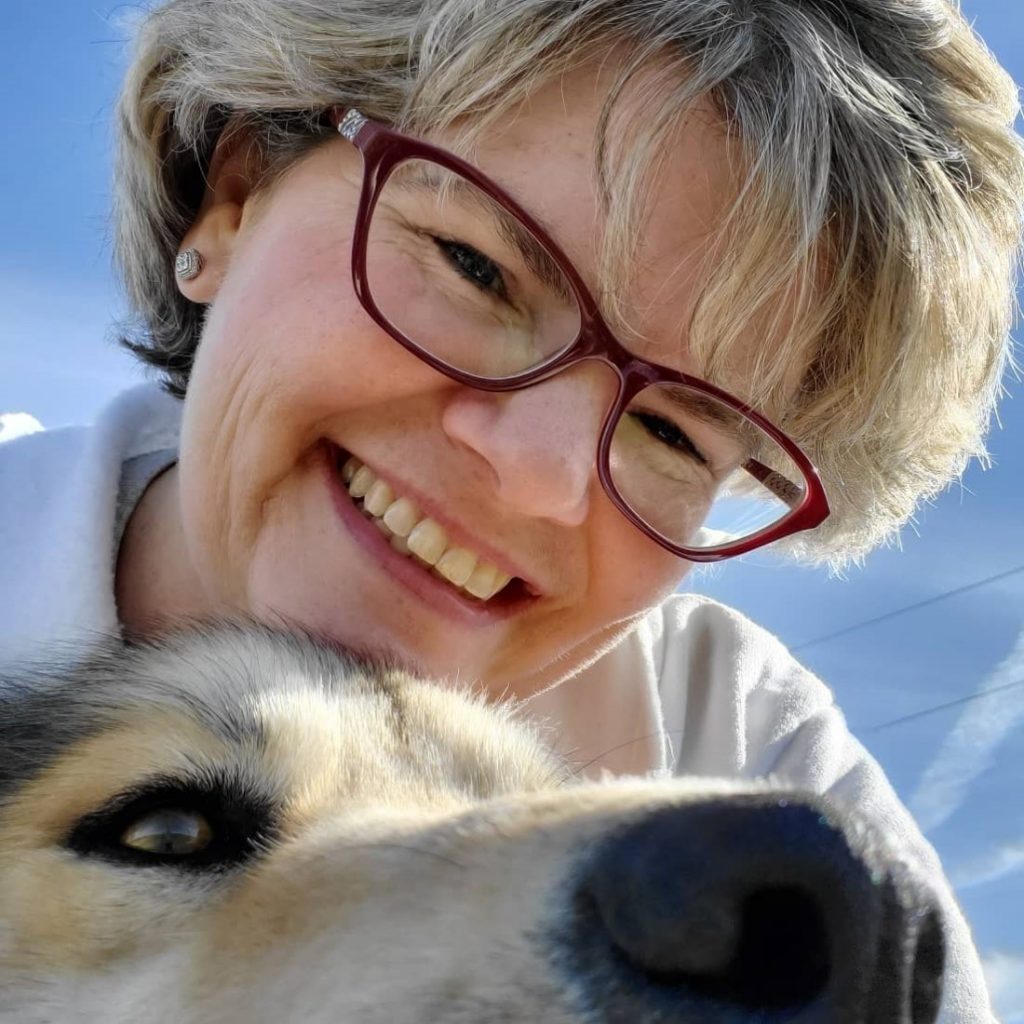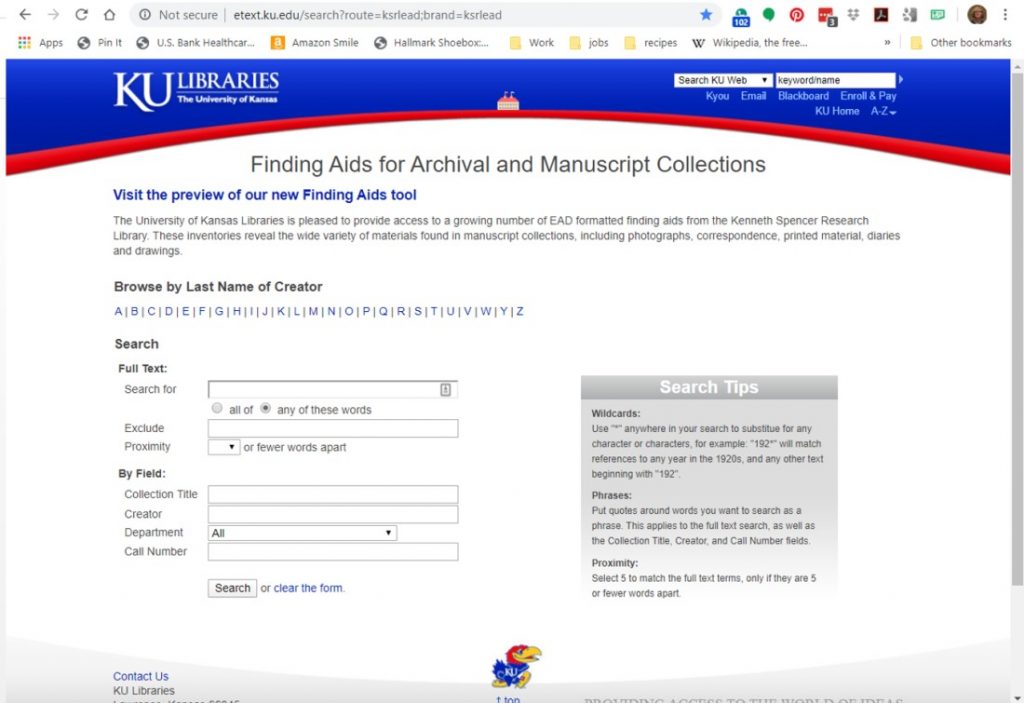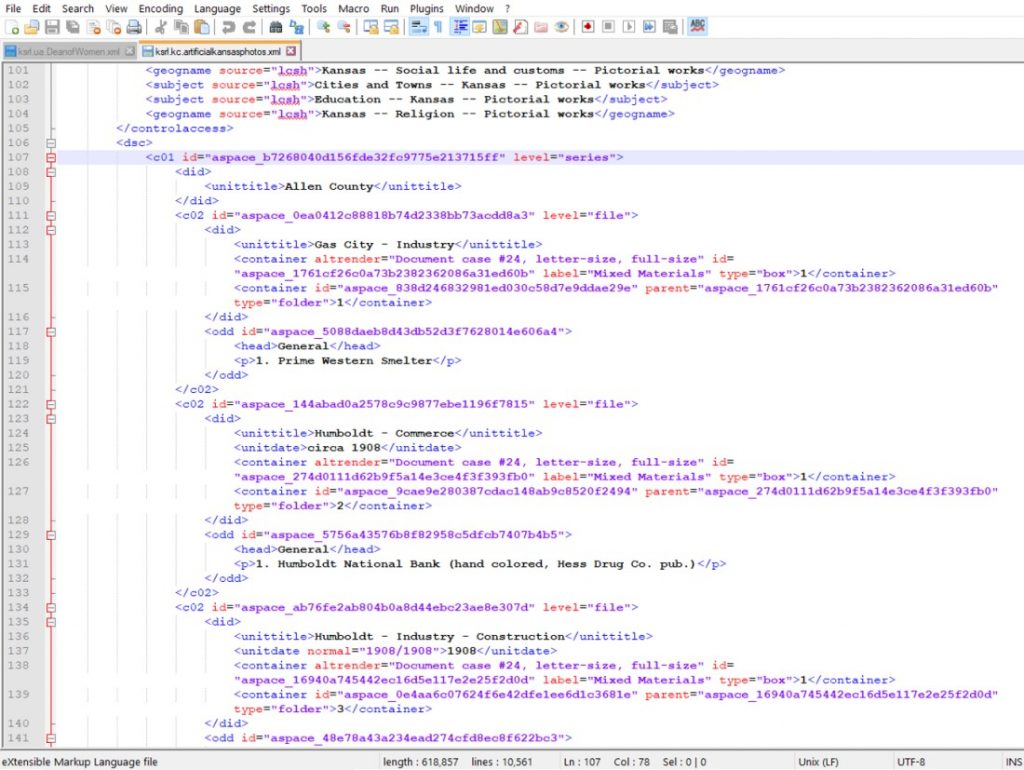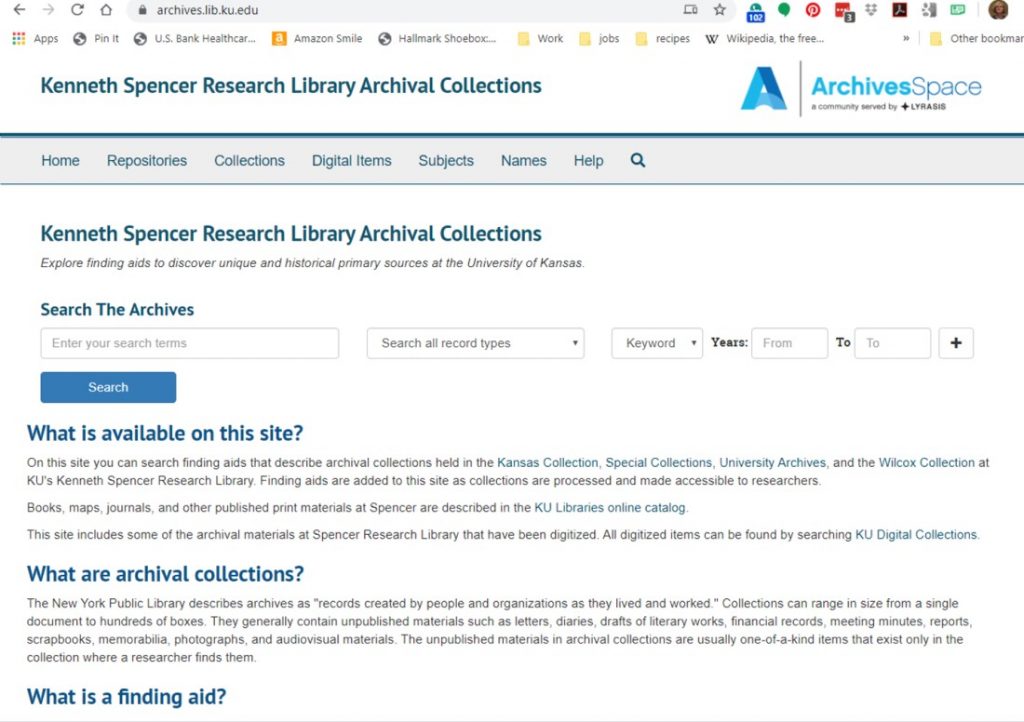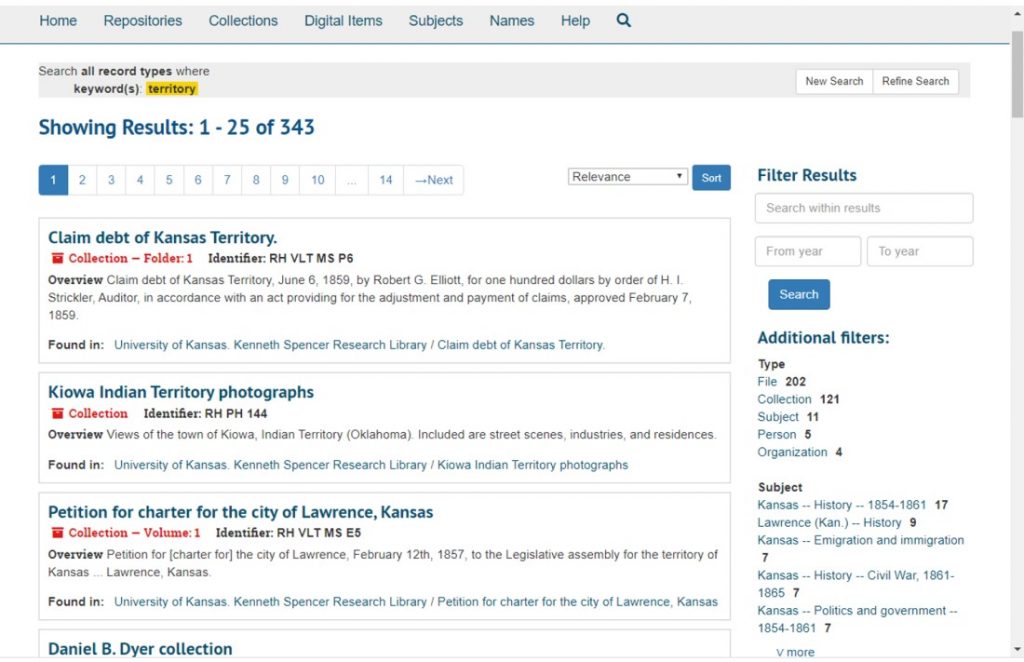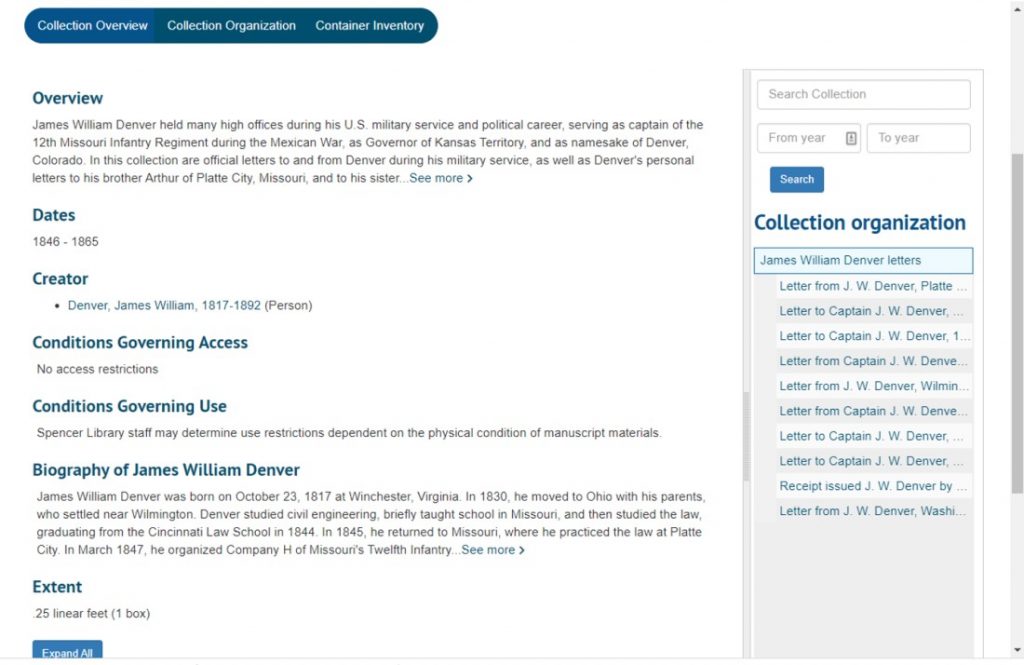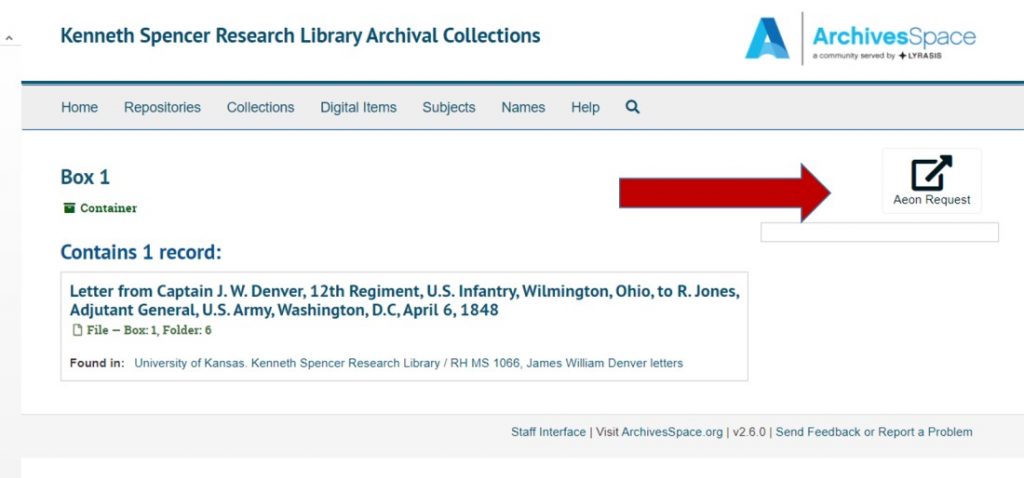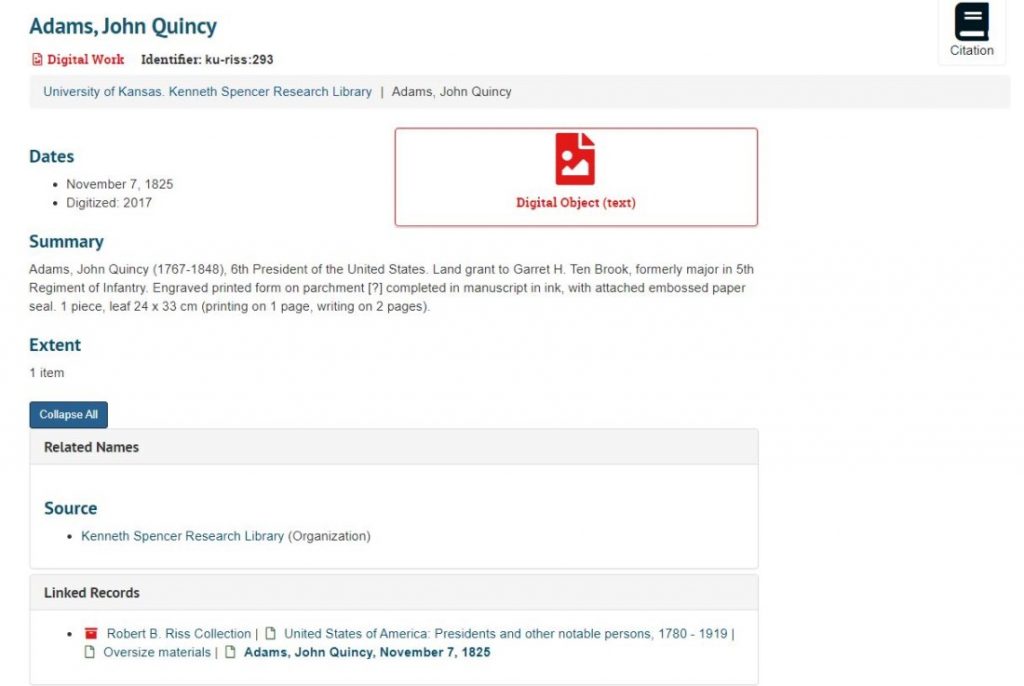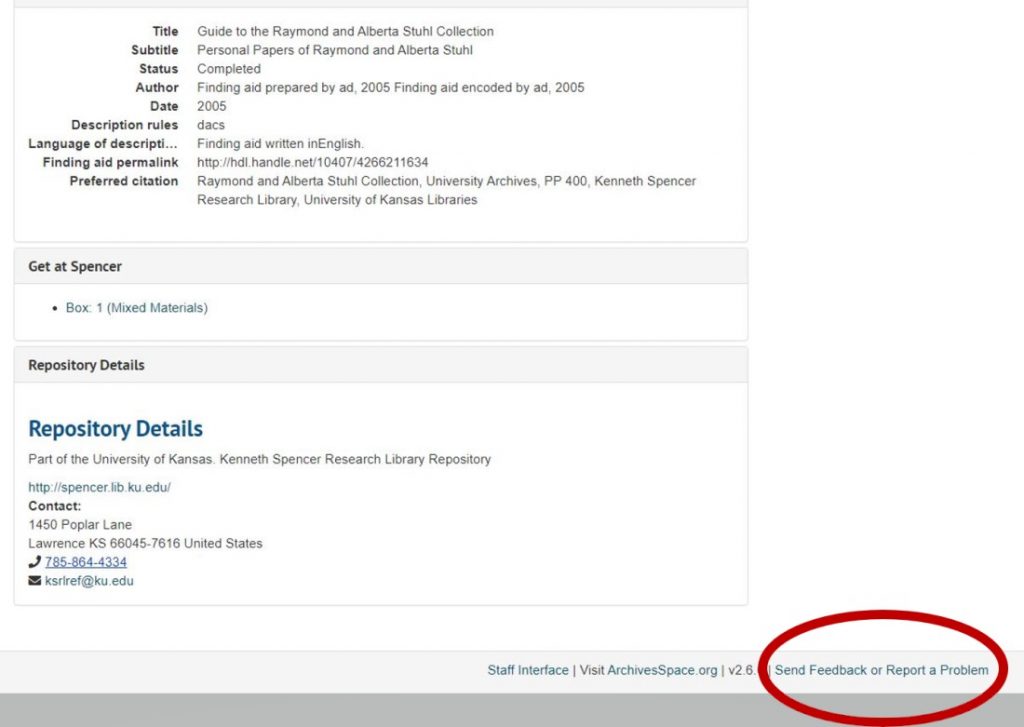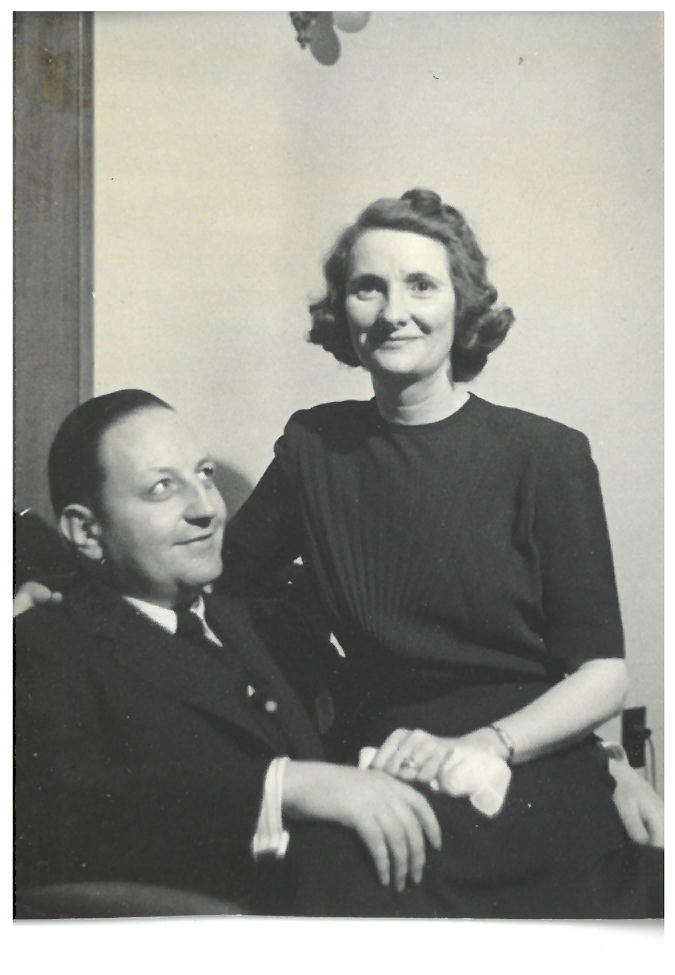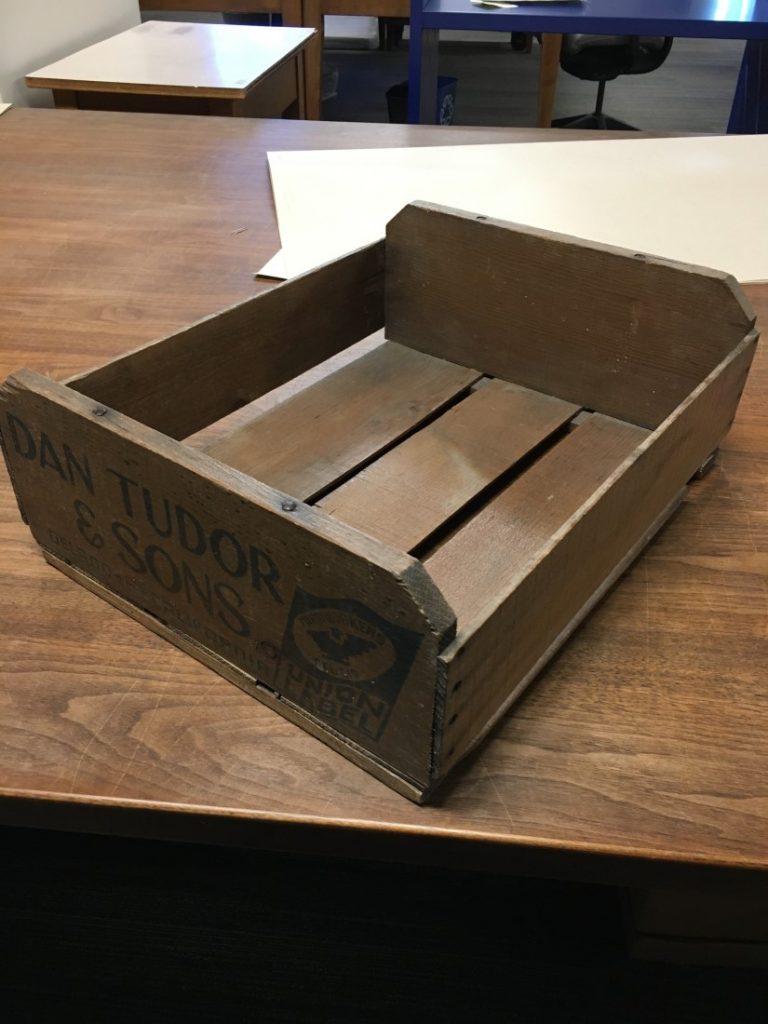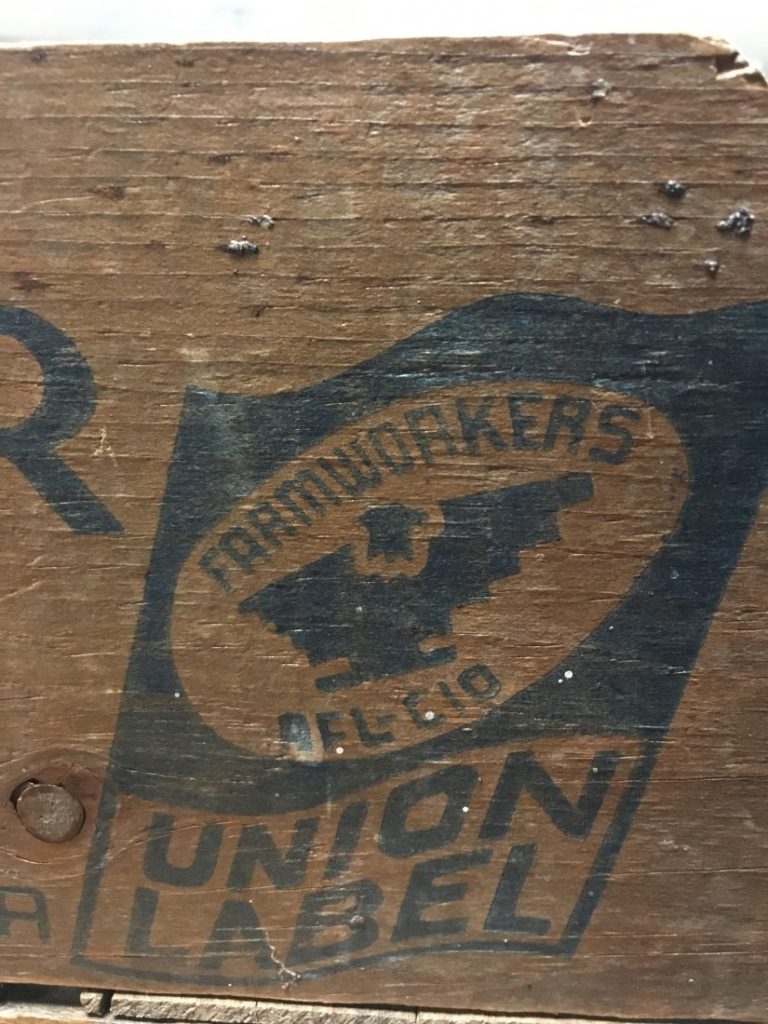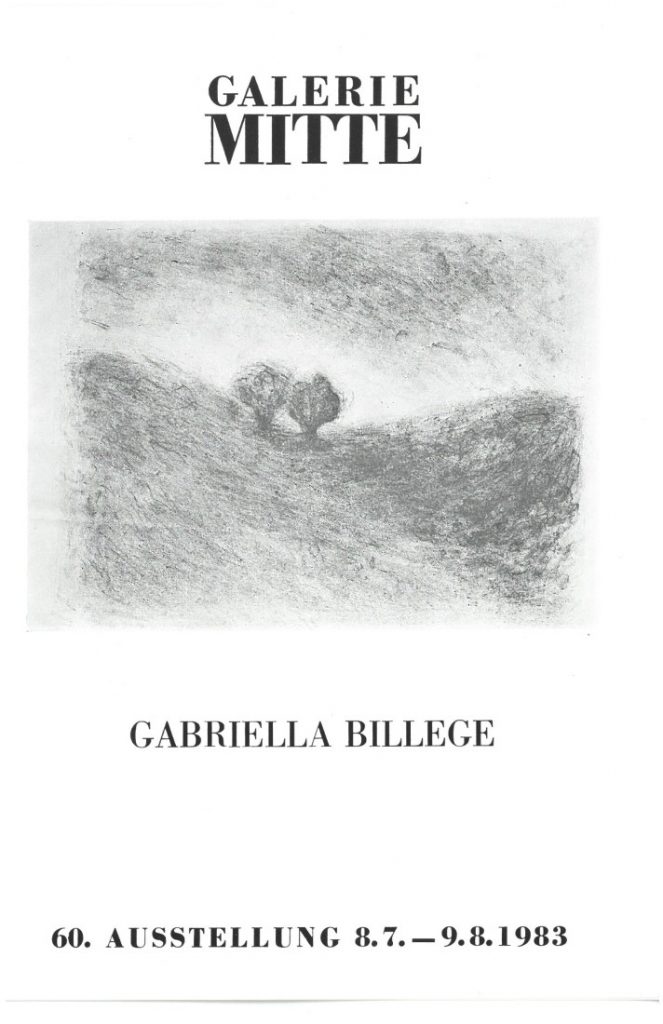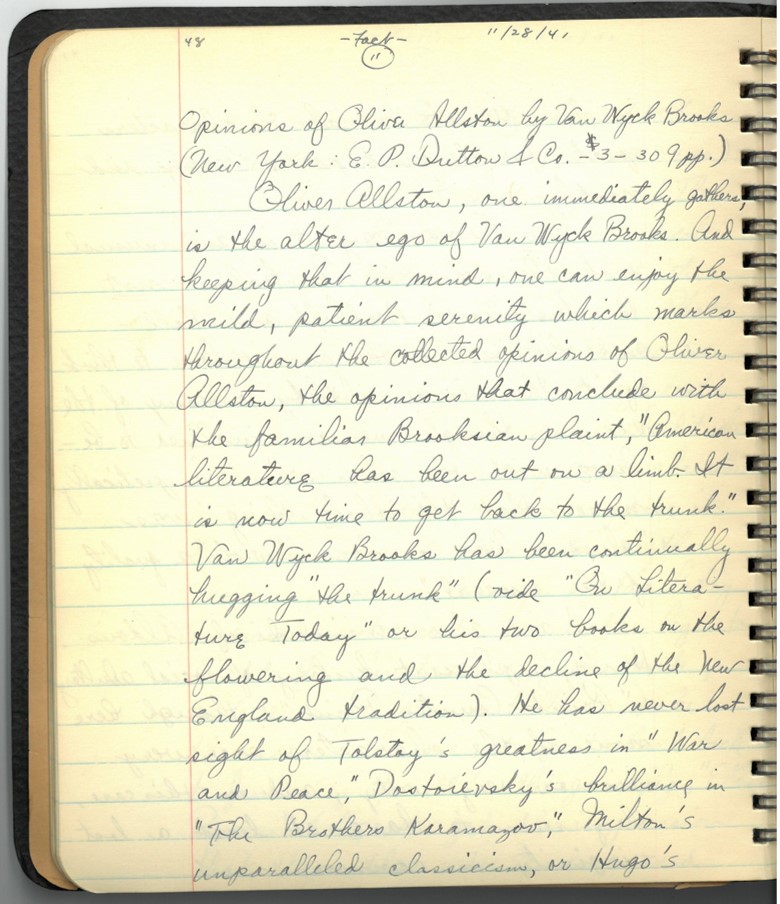Vigilance Committees in Kansas During the Roaring Twenties and Great Depression
August 19th, 2021When people find out about my job, or when students are interviewing me to figure out their career options, they often ask me what my favorite thing about my job is. I usually say something about the variety or about the fact that I get to learn something new every day.
Take, for example, when I was creating a finding aid for a manuscript collection we’ve held at Spencer Research Library for several decades but that never had an online presence before. The Lawrence National Bank & Trust Company was located downtown on Massachusetts Street in Lawrence, Kansas, from the 1860s until the early 1990s. After several mergers and changes of hand, what was this bank and trust is now part of the U.S. Bank banking system.
This collection has been minimally processed—in archival parlance, this means we haven’t done a lot of physical rehousing of the materials, and we’ve described at the box or volume level without going into a whole lot of detail for each folder or individual volume. In order to describe the collection, I had to do some quick surveying for the inventory, which is how I learned about vigilante committees of the 1920s and 1930s.
Vigilante, or vigilance, committees were formed by bank associations in order to stop bank robberies. They were apparently formed throughout the Midwestern United States during the 1920s, when the likes of John Dillinger and “Pretty Boy” Floyd were headline news. Daytime robberies increased exponentially in the early 1930s during the Great Depression, typically against banks with few staff in towns of small population, according to a member of the American Bank Association’s Protective Department.
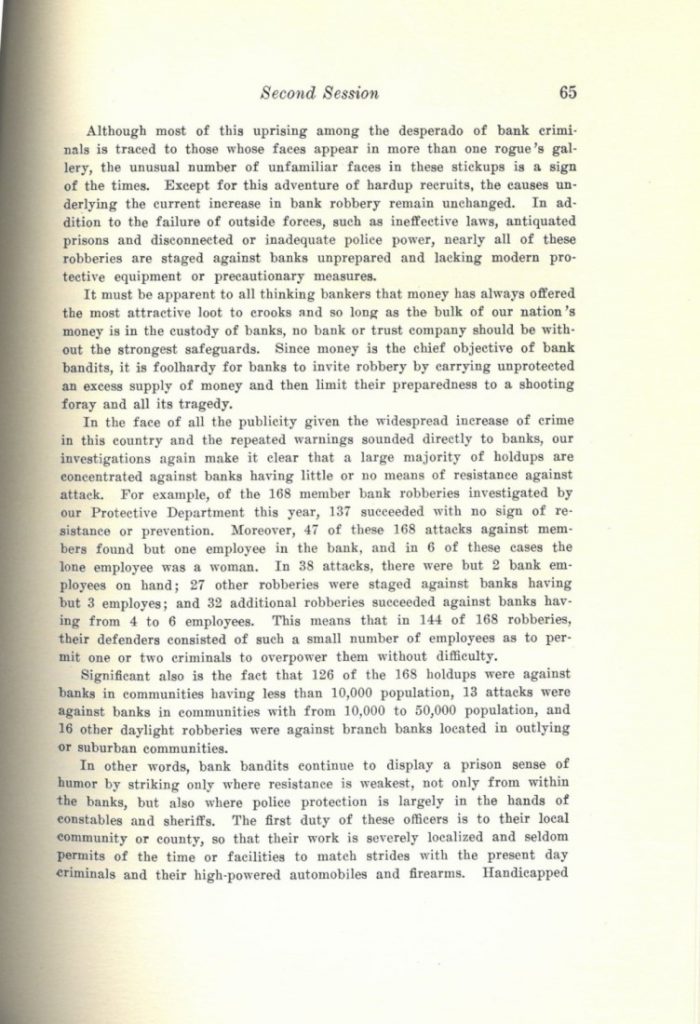
Kansas had one of the earliest bank associations, organized in 1887, according to the Story of Banking in Kansas, available at Spencer Research Library (Call Number: RH C4040). The Kansas Bankers Association began its vigilante system in 1925. Individual banks throughout the state contributed vigilantes (over 3,500 individuals in the 1920s), who were commissioned as deputy sheriffs and provided with arms and ammunition by the local banks. Another part of this security program was installing alarm systems.
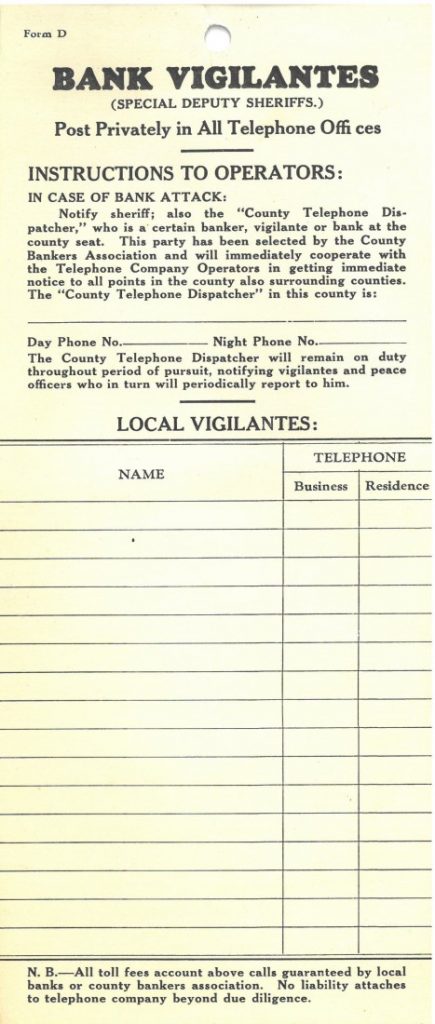
The Kansas Bankers Association, and other associations around the country, established these vigilance committees not only to slow down the number of robberies taking place but also to lessen robbery insurance rates for banks. James E. Baum, a deputy manager with the American Bankers Association, noted in his 1931 address at the annual state convention that Kansas had 97 out of 105 counties organized into vigilante committees.
W.E. Decker, an employee of the Lawrence National Bank & Trust, was the Secretary for the Douglas County Bankers’ Association in the 1930s. The bank’s records at Spencer Research Library include approximately half a box of correspondence and financial records from the association.
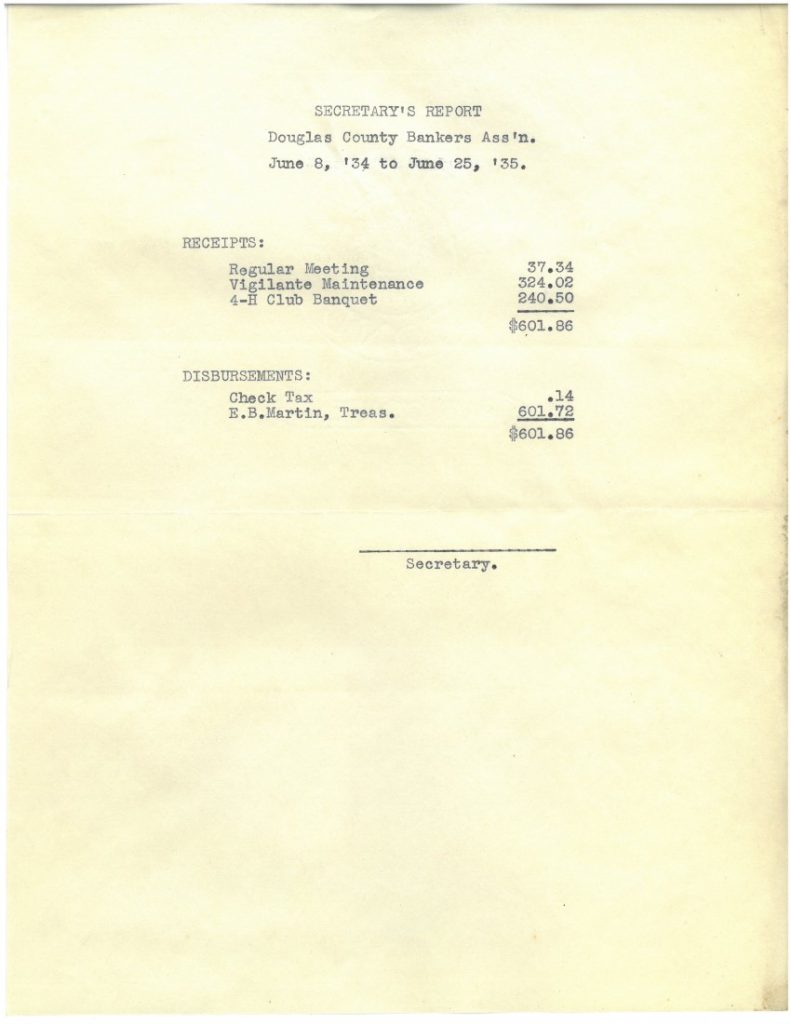
Much of this material details the local association’s vigilante committee, records they kept to be in good standing with the Kansas Bankers’ Association. Other records from the local association include information regarding a banquet they held annually on behalf of the 4-H Club, as well as agreements amongst the county banks about interest rates and other banking matters.
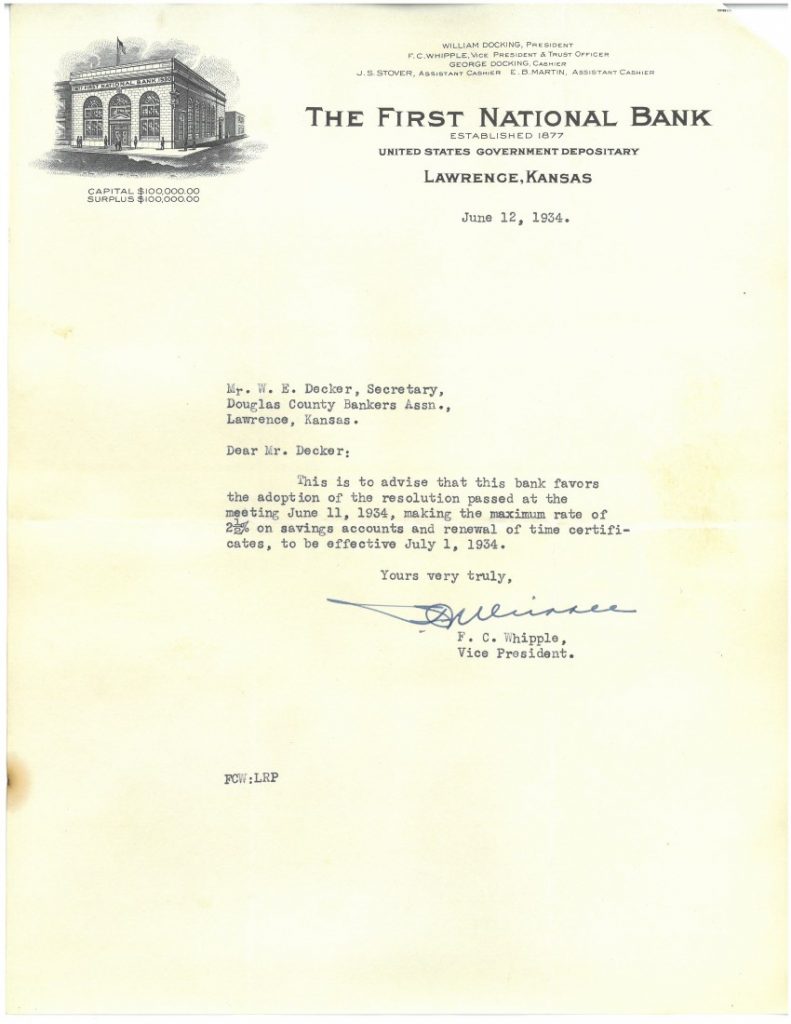
Members of the local association participated in regional and statewide Vigilante Shoots, both a competition and an opportunity to improve one’s marksmanship.
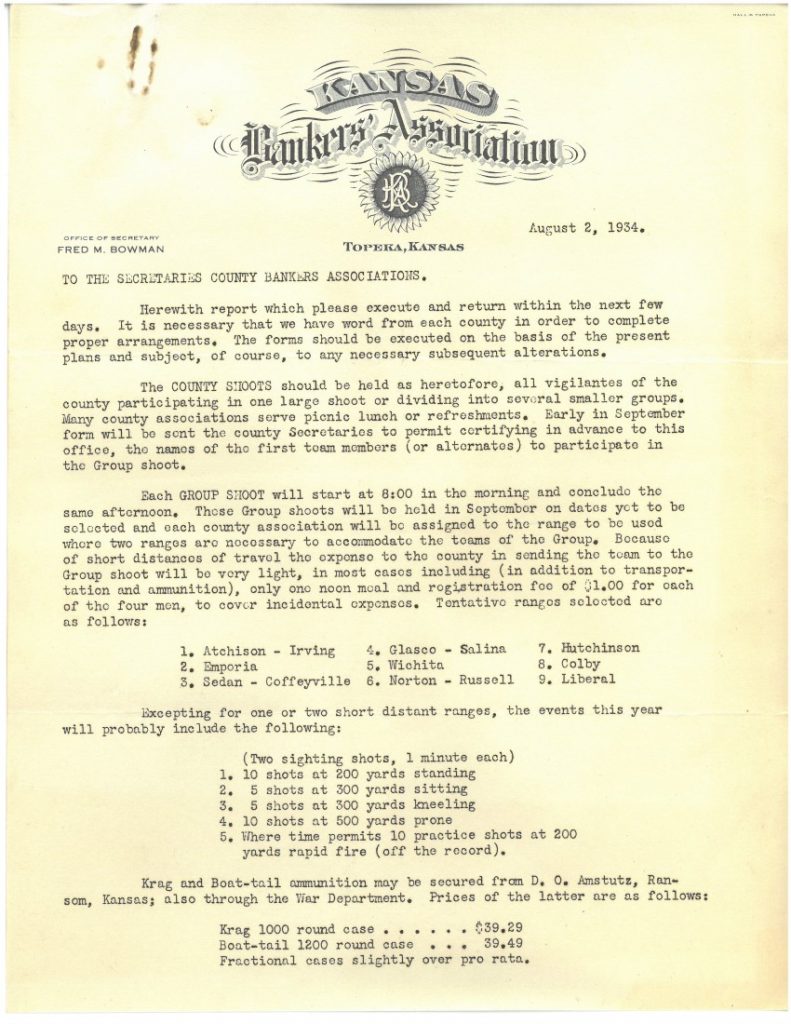
I’ve studied a lot of Kansas history over the years working at the Spencer Research Library and elsewhere, but I had never heard about these vigilante committees until I stumbled across the information in the Lawrence National Bank & Trust records. As the old adage says, “You learn something new every day!”
Marcella Huggard
Archives and Manuscripts Processing Coordinator

